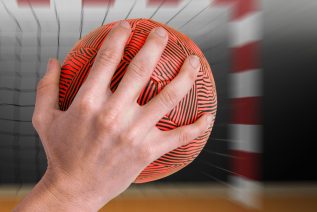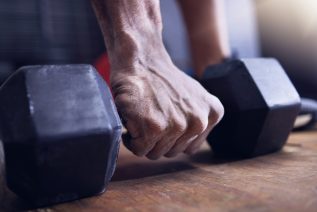Wrist Pain: Causes and Prevention
Wrist pain is an exceedingly common problem among people who regularly use their hands and wrists for sports, exercise, hobbies, and daily activities. Repetitive motions and sustained awkward positions place enormous stress on the sensitive…
Read More





